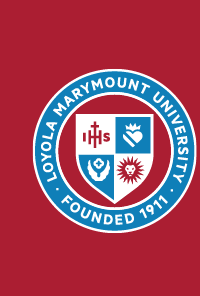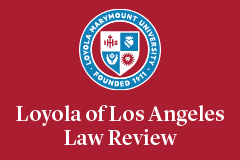Abstract
World War II ended over three-quarters of a century ago, but there still remain prisoners of war. Before and during the war, the Nazis confiscated approximately 650,000 works of art—an “art theft” orchestrated by Adolf Hitler to rid society of Jewish art and artists and to collect worthy works to build his own art capital. Seventy-five years later, looted Holocaust-era artworks are still either undiscovered or in the possession of museums across the globe without proper ownership attribution or payment to Holocaust survivors or their heirs. There are modern remedies, such as the 1998 Washington Conference on Holocaust Era Assets, the Holocaust Expropriated Art Recovery (HEAR) Act of 2016, the Justice for Uncompensated Survivors Today (JUST) Act of 2017, and the route of litigation, but victories, after prolonged and strenuous processes, are far and few between. The implementation of an adjudication panel and the global cooperation between the art community and the government are necessary steps down a long and winding path toward an effort to finally reach a semblance of justice.
Recommended Citation
Stephanie J. Beach, Nazi-Confiscated Art: Eliminating Legal Barriers to Returning Stolen Treasures, 53 Loy. L.A. L. Rev. 853 (2020).
Included in
Comparative and Foreign Law Commons, European History Commons, Holocaust and Genocide Studies Commons, International Humanitarian Law Commons, International Law Commons, Museum Studies Commons, Other History of Art, Architecture, and Archaeology Commons, Yiddish Language and Literature Commons


